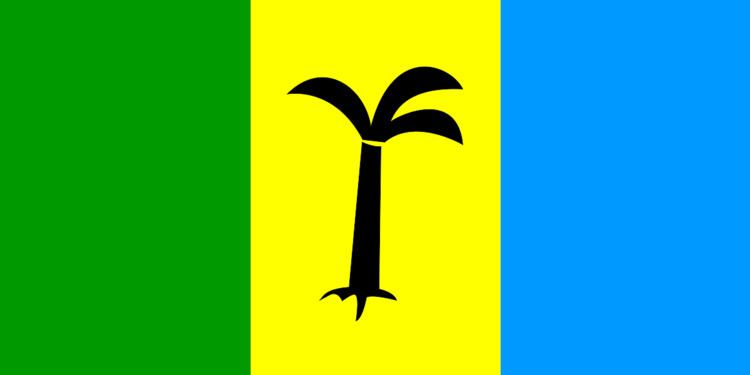Languages English 1981–1983 (last) Clement A. Arrindell Disestablished 19 September 1983 Founded 3 January 1958 Date dissolved September 19, 1983 | 1952–1983 (last) Elizabeth II Established 16 June 1882 Area 351 km² | |
 | ||
Currencies Pound sterling (GBP), British West Indies dollar (XBWD), Eastern Caribbean Dollar (XCD) | ||
Saint Christopher, Nevis, and Anguilla was a British colony in the West Indies from 1882 to 1983, consisting of the islands of Anguilla (until 1980), Nevis, and Saint Christopher (or Saint Kitts). From 1882 to 1951, and again from 1980, the colony was known simply as Saint Christopher and Nevis. It gained independence in 1983 as the Federation of Saint Kitts and Nevis.
Contents
History
The islands of Saint Christopher and Nevis had been British colonies since the 17th century, though were always administered separately. A union of Saint Christopher and Nevis had been proposed as early as 1867, when Captain James George Mackenzie was appointed Lieutenant-Governor of Saint Christopher with a mandate to seek an amalgamation of the administrations of the two islands. This proposal met with strong opposition, however, and was withdrawn the following year. In 1871, Saint Christopher and Nevis became presidencies within the Federal Colony of the Leeward Islands, with Anguilla being attached to Saint Christopher as a dependency in the same year. However, in 1882, the legislature of the Leeward Islands passed legislation merging the two presidencies, forming a combined Presidency of Saint Christopher and Nevis.
In 1951, the name of the colony was changed to include Anguilla. The Leeward Islands Colony was disbanded in 1958, due to frequent tension between its members. From 1958 to 1962, Saint Christopher-Nevis-Anguilla formed a province of the West Indies Federation, electing two members to the House of Representatives and also having two senators, appointed by the governor-general. In 1967, the territory of Saint Christopher-Nevis-Anguilla was granted full internal autonomy, as an Associated State of the United Kingdom. The UK retained responsibility for defence and external affairs, while a new judicial system was established, the West Indies Associated States Supreme Court (although the Privy Council remained the highest court of appeal). Later in 1967, Anguilla's leaders expelled the federation's police from the island, and declared its independence as the Republic of Anguilla. A series of interim agreements followed that resulted in direct rule of the island from Britain, although it was not formally separated until December 1980, when it was made a separate Crown colony.
Nevis had also attempted to separate from the federation on several occasions, but the island's leaders were unsuccessful in their efforts. However, they did manage to secure greater autonomy for Nevis in the years leading up to independence, which occurred in September 1983 after a delay of several years to allow for negotiations. Sir Frederick Albert Phillips, the first governor of Saint Christopher-Nevis-Anguilla, wrote in 2013:
List of administrators
From 1882 to 1958, the federation's administrator was under the wider jurisdiction of the Governor of the Leeward Islands. From 1958 to 1962, the administrator was responsible to the Governor-General of the West Indies Federation.
List of heads of government
Sport and culture
The national football team debuted in 1938, in a friendly against Grenada, but played only sporadically. It has played more regularly since independence. In cricket, the Anguilla, Nevis, and Saint Kitts national teams competed separately at regional level, although combined teams were occasionally fielded in the past. Delegations from Saint Christopher-Nevis-Anguilla were sent to several editions of the CARIFTA Games, winning medals in 1977 and 1983. At the 1978 Commonwealth Games in Edmonton, Alberta, Canada, the federation sent four competitors (two runners and two cyclists, all male), but failed to win a medal.
